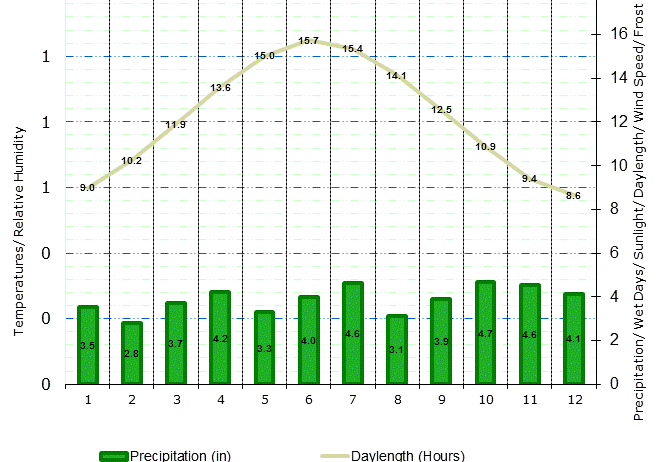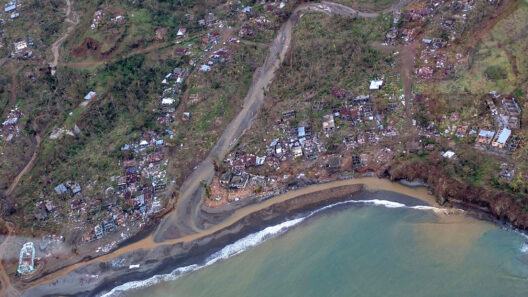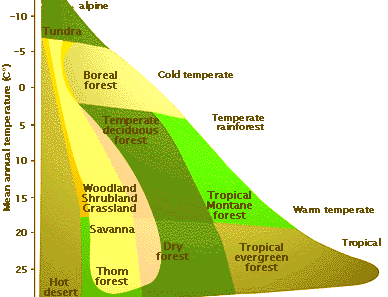New Zealand, a picturesque archipelago located in the southwestern Pacific Ocean, boasts a diverse range of climates that vary remarkably from one region to another. Stretching over 1,600 kilometers from the far north of the North Island to the southernmost reaches of the South Island, New Zealand’s weather patterns are influenced by its geographical features, oceanic locations, and atmospheric conditions. So, what is the climate of this island nation, and how does the weather fluctuate across its various regions?
The North Island offers a temperate maritime climate characterized by warm, humid summers and mild winters. The northern parts, particularly around Auckland, enjoy a subtropical climate, which means balmy temperatures and considerable precipitation throughout the year. The average summer temperatures hover around 25 degrees Celsius (77 degrees Fahrenheit), making it an inviting destination for beach lovers and outdoor enthusiasts.
As we venture southward, the climate begins to transform. Places like Wellington, the capital, experience cooler temperatures and stronger winds, attributed to the prevailing westerly winds that sweep across the Cook Strait. Wellington’s climate is classified as temperate oceanic, marked by mild summers and cooler winters. The city’s annual rainfall tends to be higher than that of Auckland, leading to lush greenery and an abundance of natural beauty.
But what happens when you cross the Cook Strait and find yourself in the South Island? Suddenly, the weather can take on entirely different characteristics. The West Coast is renowned for its ferocious rainfall and lush temperate rainforests. The nearby Southern Alps play a pivotal role in creating this wet climate by intercepting moisture-laden westerly winds, causing heavy precipitation on the western slopes. Interestingly, this phenomenon results in a stark contrast just a short distance away on the eastern side of the mountains, where regions like Christchurch experience a much drier climate.
Evidence of such climatic diversity prompts a key question: How do these varying conditions impact the local ecosystems and agricultural practices? As you traverse the winding roads from coast to coast, you uncover a microcosm of environments, each supporting distinct flora and fauna. The fertile plains of Canterbury contrast sharply with the rugged, windswept landscapes of the Otago region. Both areas thrive on their unique climatic conditions, allowing for diverse farming practices. The lush soils of the North Island support dairy and horticulture, while the drier regions of the South Island are ideal for sheep farming and viticulture.
However, the diverse climates of New Zealand pose a potential challenge with respect to climate change adaptation. As global temperatures rise and climate patterns shift, these regional differences may exacerbate existing vulnerabilities. For instance, northern areas may face more frequent droughts, while those in the south might experience heavier rainfalls and flooding, leading to soil erosion and land degradation. It’s imperative for communities to strategize and implement sustainable solutions that accommodate anticipated climatic shifts.
Moreover, the variable nature of New Zealand’s climate is an essential aspect for outdoor enthusiasts, contributing to its reputation as a hub for adventure sports. From the surfing breaks of Raglan to the snow-capped peaks of Queenstown, each region’s weather offers unique opportunities. However, this also highlights the unpredictable nature of island weather—sunny mornings can unexpectedly turn into stormy afternoons, adding an element of surprise for hikers and campers alike.
Extending the discussion beyond just human activities, it’s important to recognize how the indigenous ecosystems are influenced by local climates. Unique species, such as the Kiwi bird and the ancient Kauri trees, are intricately tied to their habitats, each adapted to thrive under specific climatic conditions. The shift in weather patterns could pose existential threats to these native species, highlighting the interconnectedness of climate and biodiversity. Sustainable practices and conservation efforts become crucial in preserving New Zealand’s natural heritage amid changing environmental conditions.
Additionally, New Zealand is increasingly active in addressing climate change through innovative policies and community-led initiatives. The government has set ambitious targets for reducing greenhouse gas emissions, aiming for a carbon-neutral economy by 2050. From enhancing public transportation options to embracing renewable energy sources, such initiatives showcase a commitment toward creating a resilient future while understanding the diverse climate realities of its regions.
As we reflect on the question of what constitutes New Zealand’s climate, it becomes evident that the answer is a tapestry woven from numerous threads. Each region presents its own climatic identity, influenced by topography, latitude, and ocean currents. This rich mosaic not only shapes the landscapes and livelihoods of its inhabitants but also carries profound implications for biodiversity and sustainability.
In conclusion, New Zealand’s climate is as multifaceted as the country itself. As individuals, communities, and policymakers navigate the complexities posed by environmental change, understanding the unique attributes of each region is vital. The future of this island paradise hinges on the collective efforts to combat climate change, fostering a culture of awareness and action. So, as you explore New Zealand from coast to coast, consider: How can you contribute to preserving the delicate balance of this magnificent ecosystem in the face of climatic challenges?







